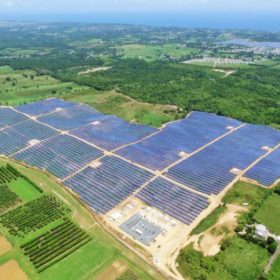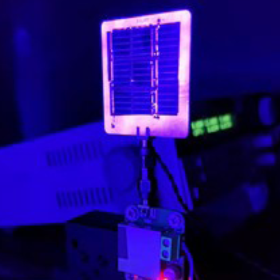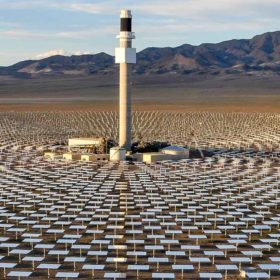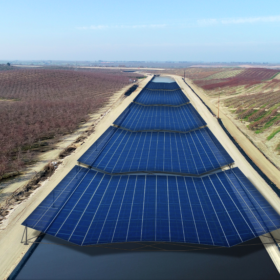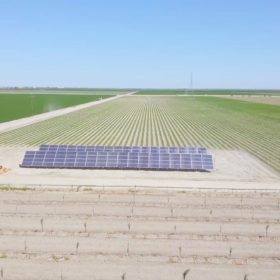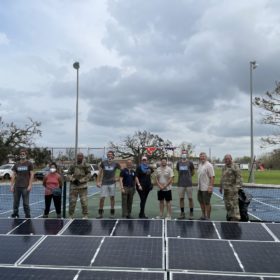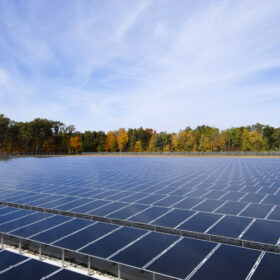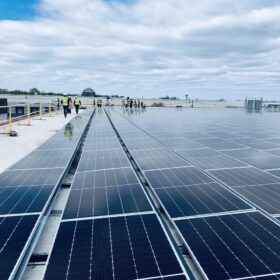NREL launches 100% renewables study for Puerto Rico
Puerto Rico has 40GW of solar potential, said national lab staff in a webinar. The 100% study will begin by modeling the renewables milestones set by Puerto Rico law.
Solar cells used for high-speed underwater wireless data transmission
Breaking research reveals solar cells can be used as lens-free, high-speed optical detectors in underwater environments. The research team said the devices may offer a lower-cost alternative to lensed devices.
NREL continues to explore marine wave energy
While there are mechanical and cost issues that currently block widespread adoption of wave energy, the National Renewable Energy Laboratory is exploring new ways to harness the power of the ocean’s waves.
Next-gen concentrated solar power under development
In studies led by NREL researchers, the DOE pursues an energy cost goal of five cents per kilowatt-hour.
Solar-over-canal study announced in California
Project Nexus is a pilot project that aims to build solar panel canopies over a portion of Turlock Irrigation District’s existing canals to operate and research a how water-plus-energy can meet California’s needs for climate resiliency.
Grazing sheep increase carbon sequestration up to 80%, while also benefiting fixation of soil nutrients under solar panels
Researchers from Temple University have found that managed sheep grazing on an acre of recovering agricultural soil with native plants installed may sequester one ton of carbon per year, which may accumulate for 12 to 15 years before reaching saturation
Sunrise brief: Daimler, NextEra, and BlackRock fund investment in EV and hydrogen trucks and charging stations across the US
Also on the rise: Nova Scotia utility proposes net-metering fee. Research into how rooftop PV systems may affect air and building temperature in urban environments vice versa. Vanadium redox flow battery in microgrid project. Important step for Indiana solar: Utility’s net metering calculation overturned in court. Maxeon to offer IBC solar panels in the US.
The panel and the city
Researchers have investigated how rooftop PV systems may affect air and building temperature in urban environments and, conversely, how the urban heat island (UHI) effect may have a negative impact on PV system performance. Their work considered urban air temperature, urban air pollution, the partial shading of the PV system, soiling, building heating and cooling loads, and outdoor shade.
Best fire safety practices for rooftop PV system installations
Compiled by an international research group, the best practices were collected from all available guidelines published by national agencies, regulatory bodies, and trade associations.
Pulling fertilizer out of thin air with solar power
Nitricity has put together an experimental plasma reactor that uses solar electricity to produce competitively priced, environmentally clean, nitrogen fertilizer. Their onsite fertilizer production eliminates emissions from transporting fertilizers, and provides a viable alternative to fossil consuming nitrogen fixation methods like the Haber-Bosch process.
